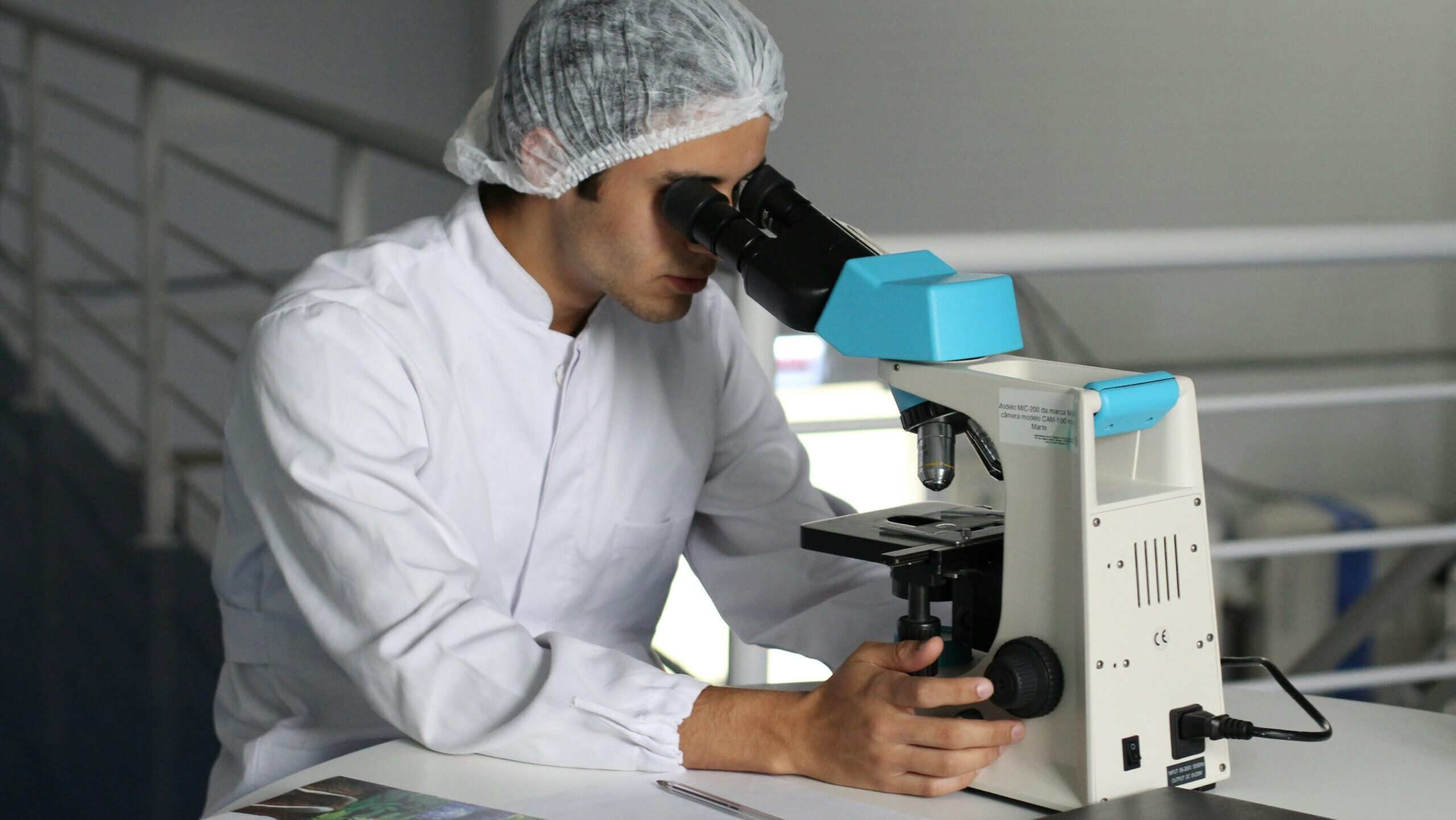When Dutch professor Mark Post unveiled the first cultivated meat burger in 2013 at a cost of $330,000, few could have imagined how the category would evolve. In fact, companies can now create a patty for under $10.
McKinsey & Company notes that cultivated meat also has the potential to match the taste and texture of conventional meat, and if consumers take to these products, the market could reach $25 billion by 2030 and provide as much as a half of 1 percent—billions of pounds—of the world’s meat supply.
With that, investment is pouring into the category.
According to The Good Food Institute, $1.38 billion was raised by cultivated meat companies in 2021, 71% of the all-time investment total. Further, 107 total cultivated meat and seafood industry startups were announced by end of 2021, up 24% from 2020.
And it’s not just startups that are entering the segment. Just this week, two of the biggest names in the food industry announced plans for cultivated meat production.
Archer Daniels Midland said it entered into a joint development agreement with California-based Eat Just, which became the world’s first lab-grown meat maker to receive regulatory approval after its chicken product was given the nod by Singaporean food authorities in late 2020.
The venture, which also marks ADM’s first strategic partnership in the cultivated meat sector, highlights how startups like Eat Just can work with established industry leaders to create more sustainable foods.
Also, JBS SA said it completed the acquisition of Spain’s largest cultivated-meat company. JBS, which now owns a 51% stake in BioTech Foods, plans to build a production plant for cultivated meat in San Sebastián, on Spain’s northern coast. The $40 million plant is expected to have an annual capacity of 1,000 tons when it begins operations in mid-2024.
Background and benefits
Cultivated meat is genuine animal meat (including seafood and organ meats) that is produced by cultivating animal cells. It is made of the same cell types arranged in the same or similar structure as animal tissues, thus replicating the sensory and nutritional profiles of conventional meat. (The Good Food Institute)
Growing meat in a lab eliminates the need to slaughter animals. It also reduces the amount of land, water and other resources needed to produce meat. If done correctly, it can even lower carbon dioxide emissions. The other potential environmental benefits include reducing water pollution, biodiversity losses and deforestation. (Forbes, March 8)
Market prospects
McKinsey noted that the future pace of adoption and market size will depend on five key factors:
- Consumer acceptance. Will diners dig into cultivated chicken nuggets and burgers and, eventually, filet mignon and salmon steaks?
- Risks. How will the industry address concerns about health and safety, jobs, and possible economic ripple effects?
- Cost position. Will cultivated meat become a bargain, relative to conventional meat, energizing demand?
- Policy response. How will countries and regions address the development of this new industry?
- Will the world make enough cultivated meat to achieve economies of scale?












